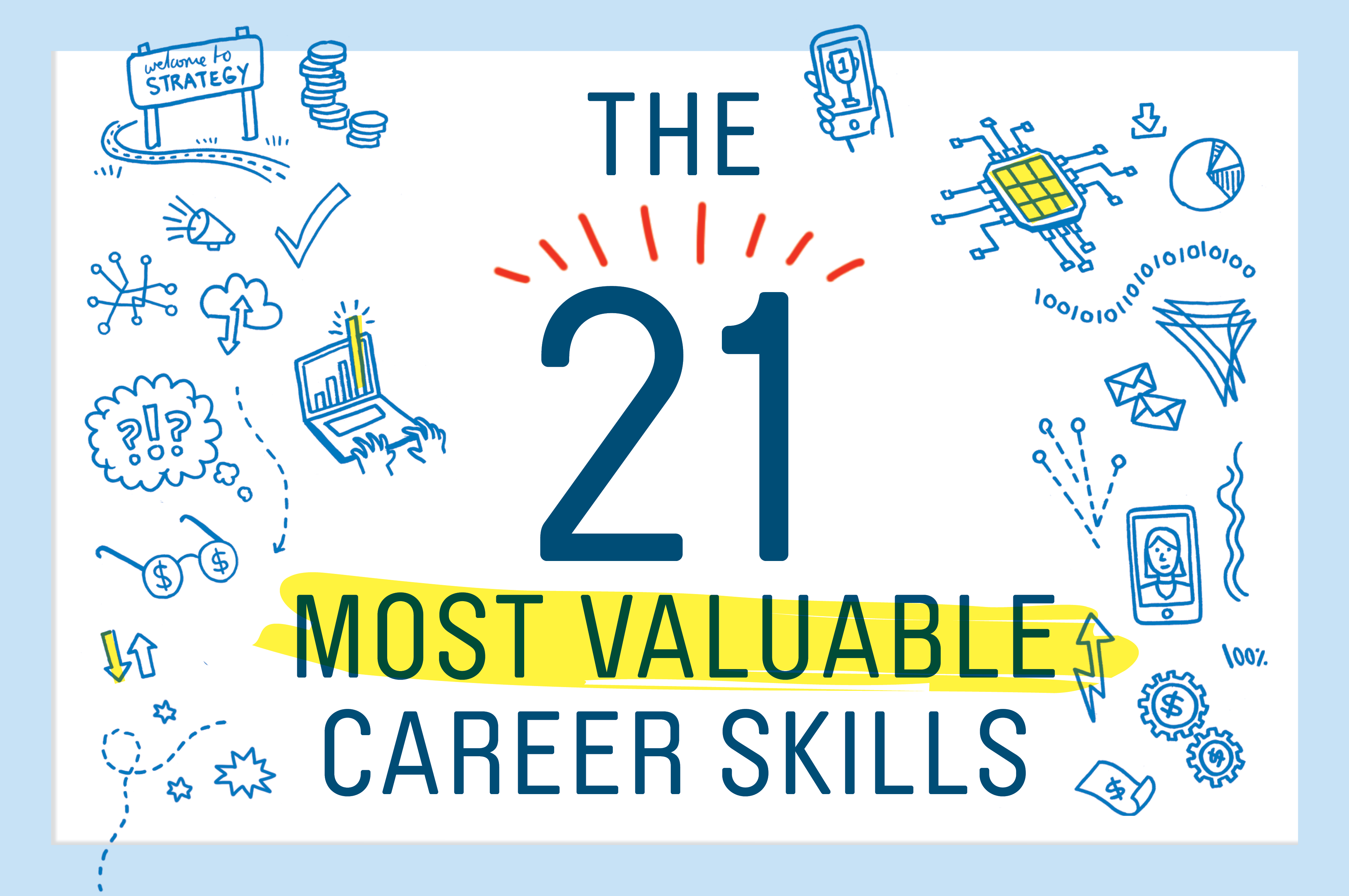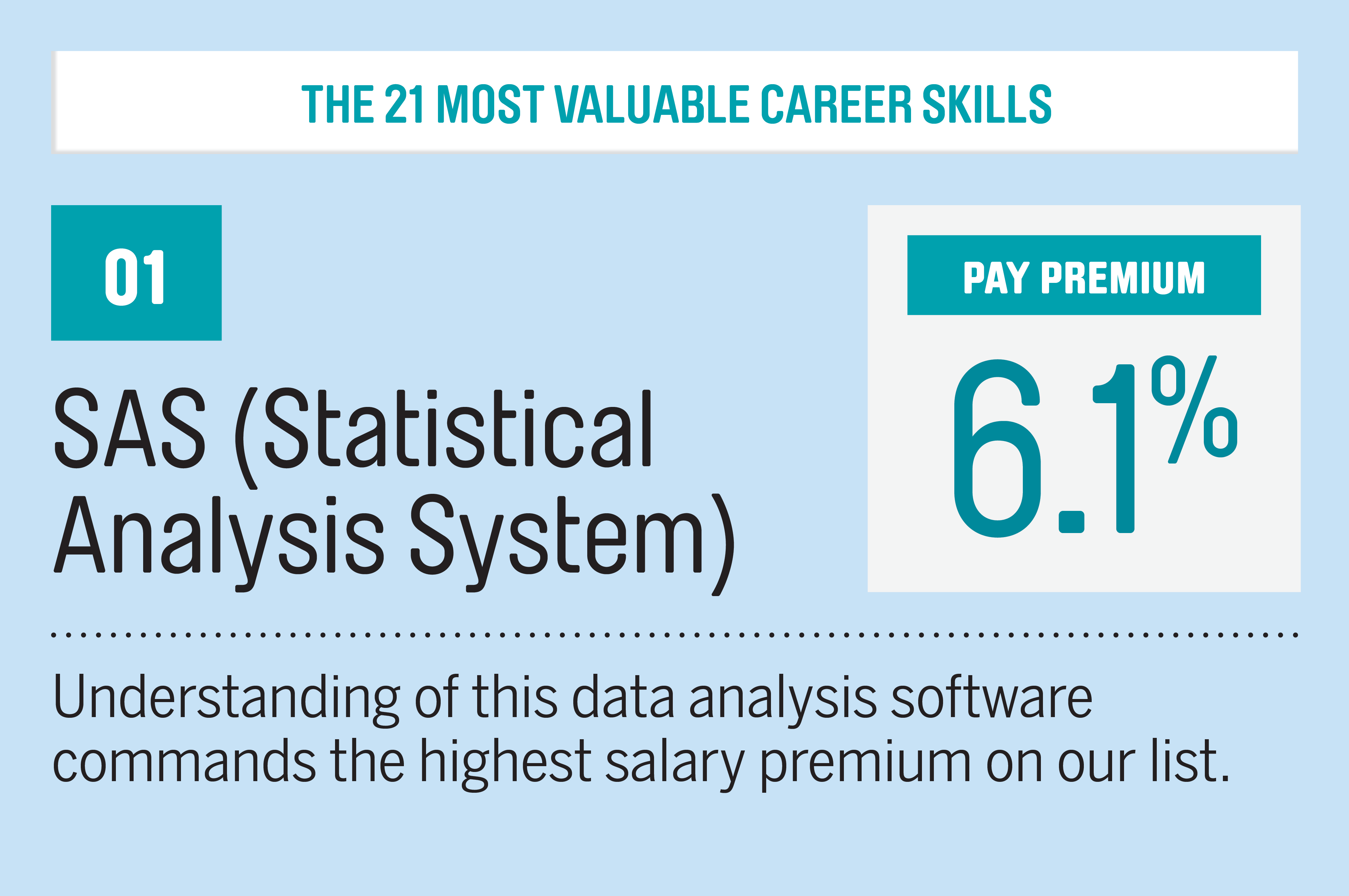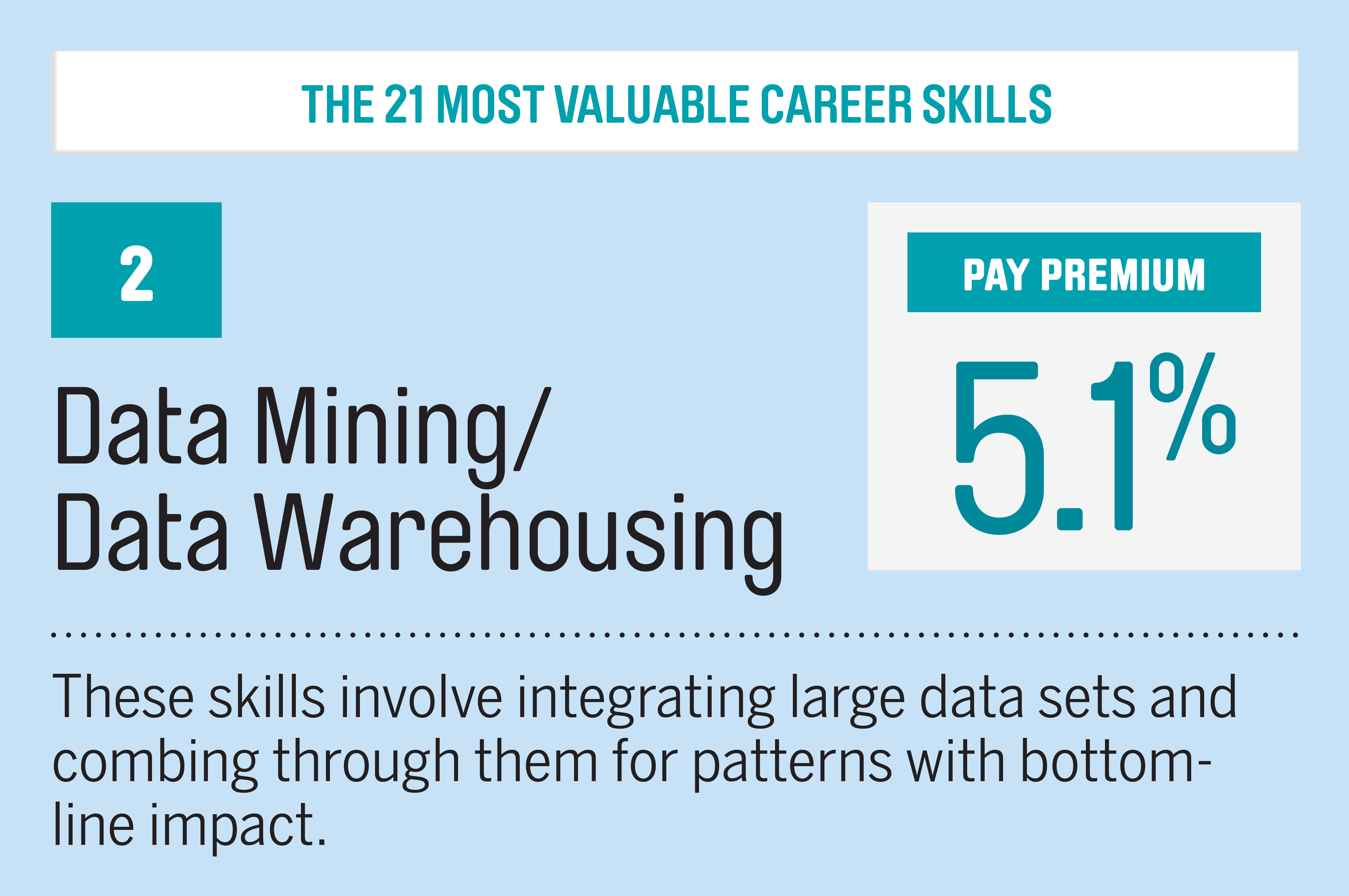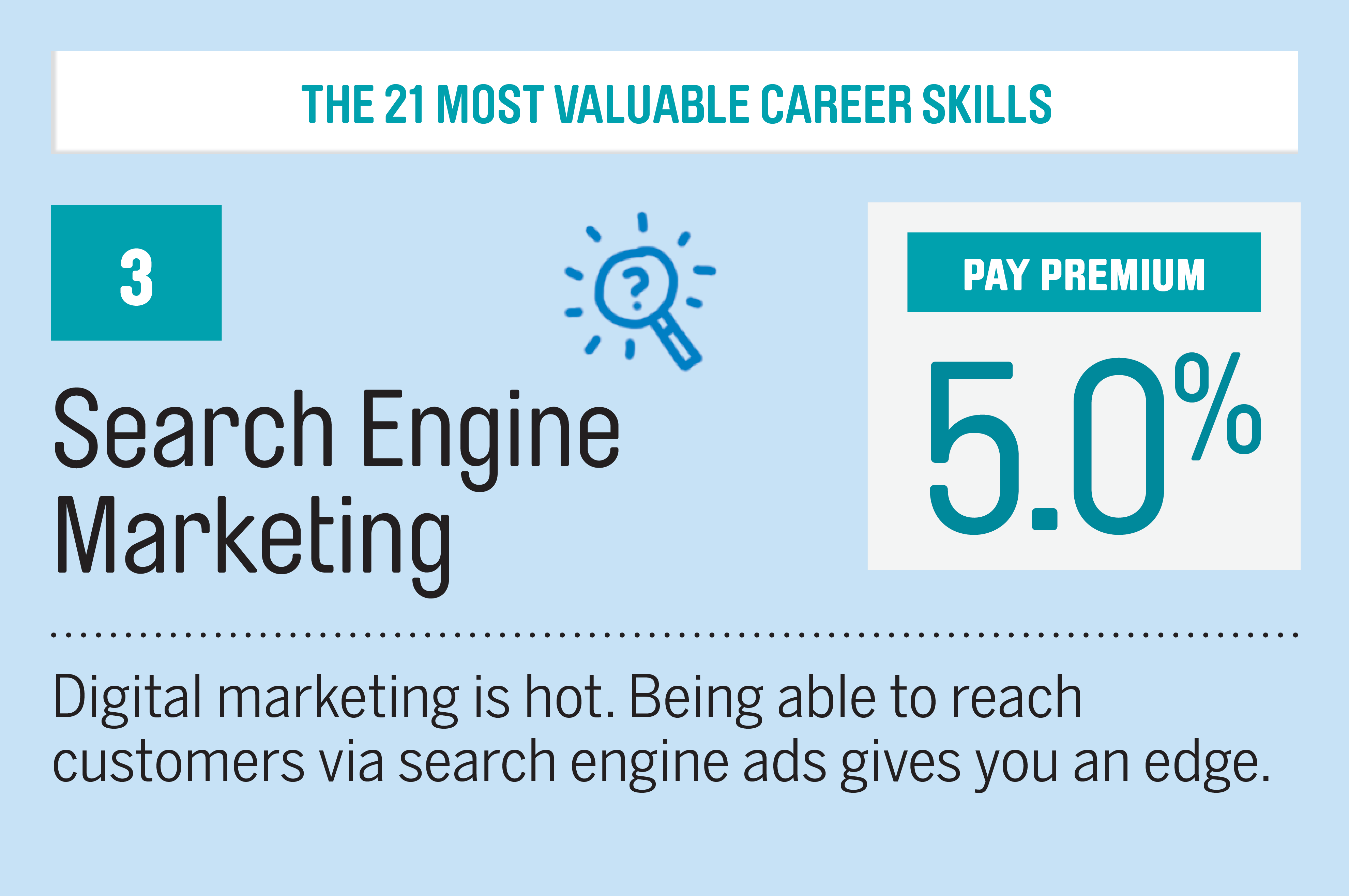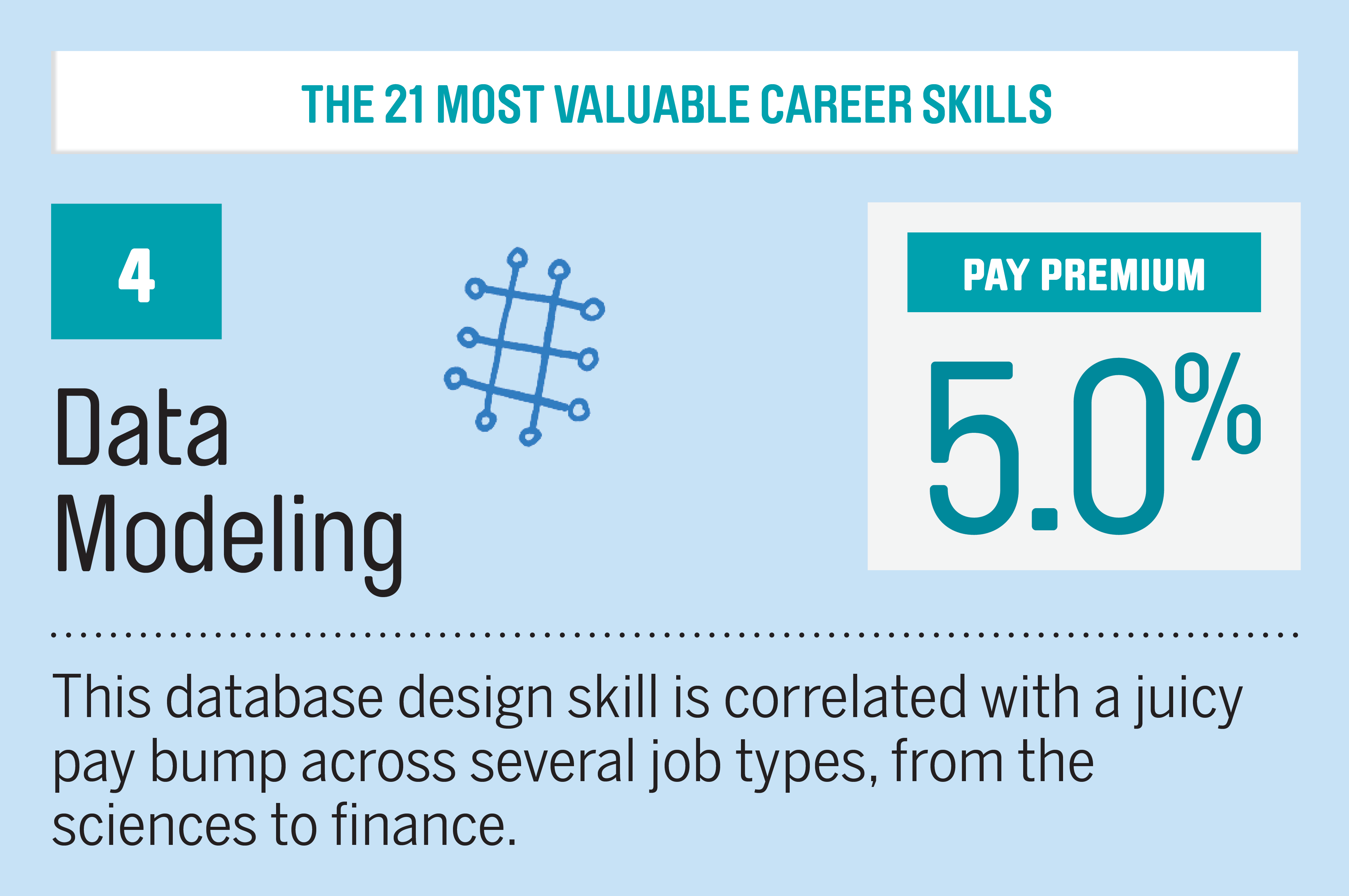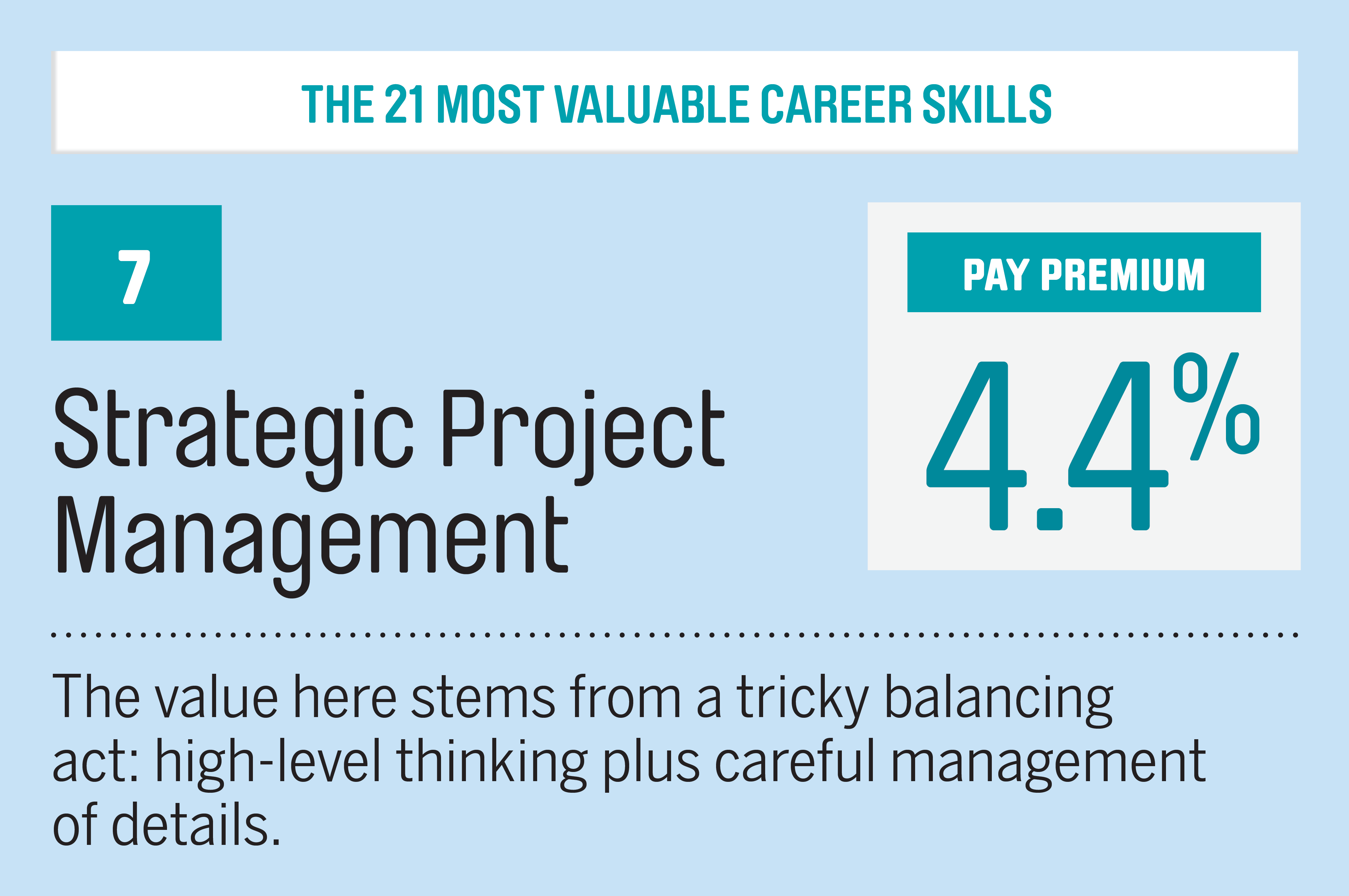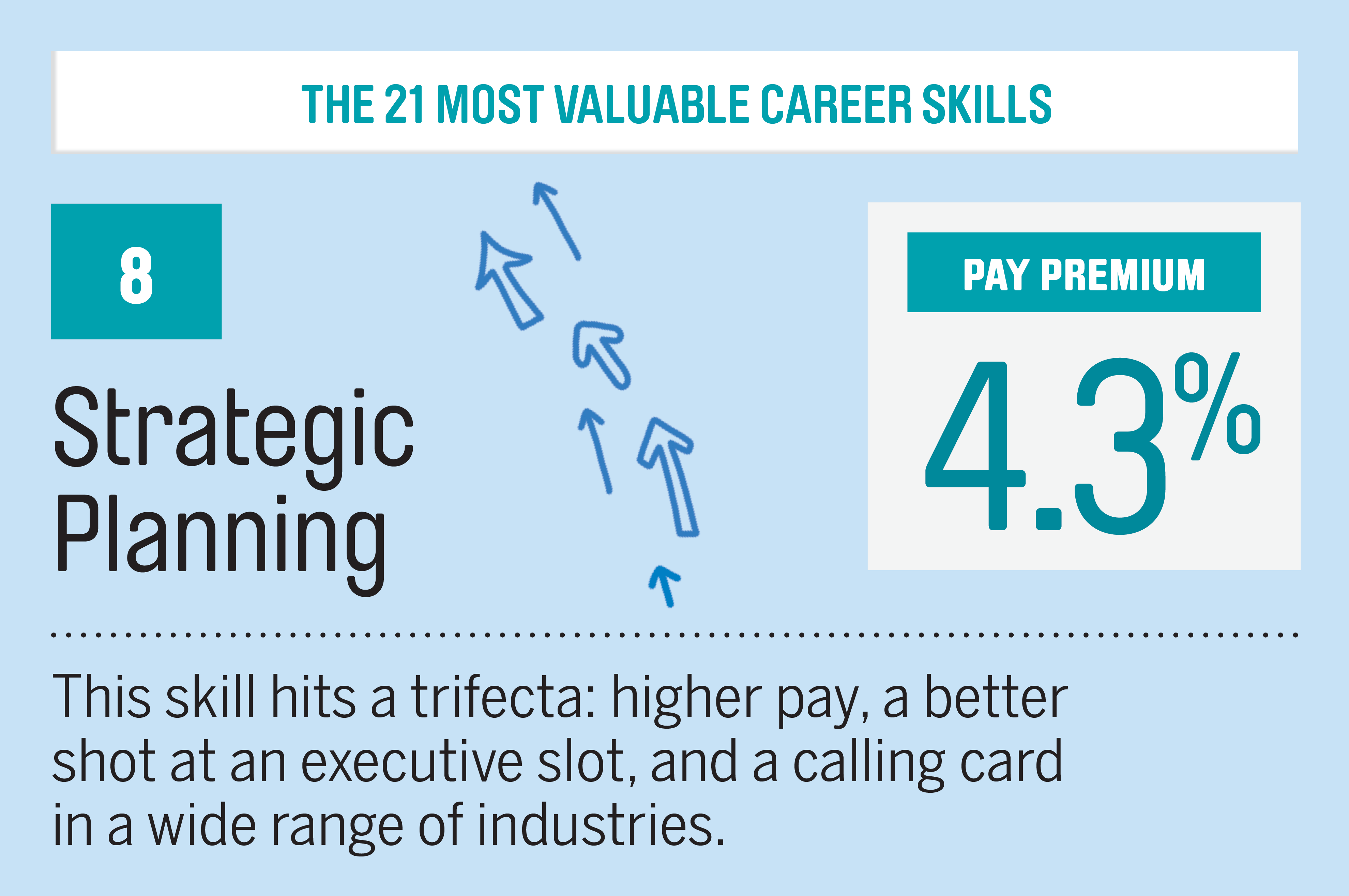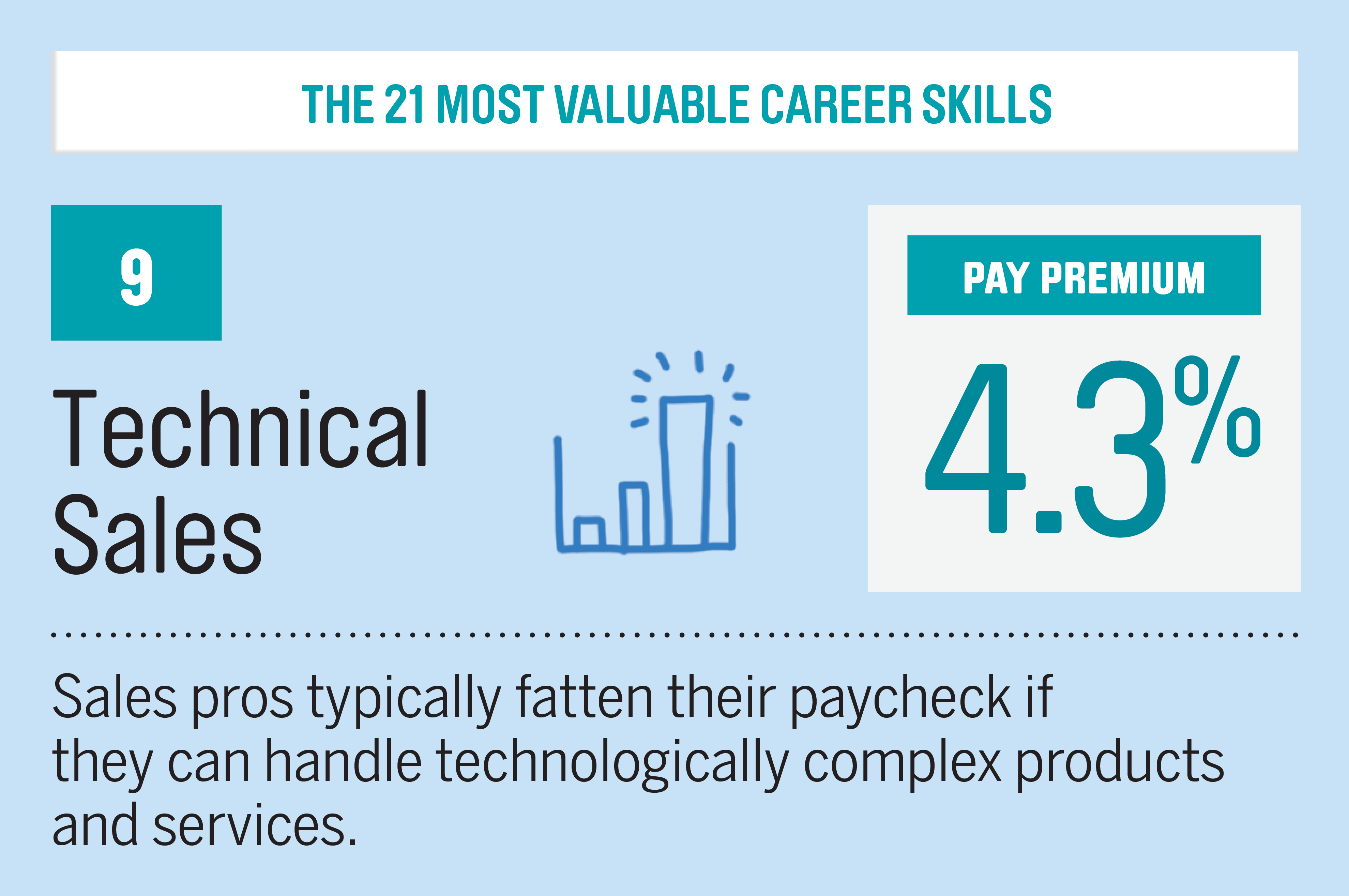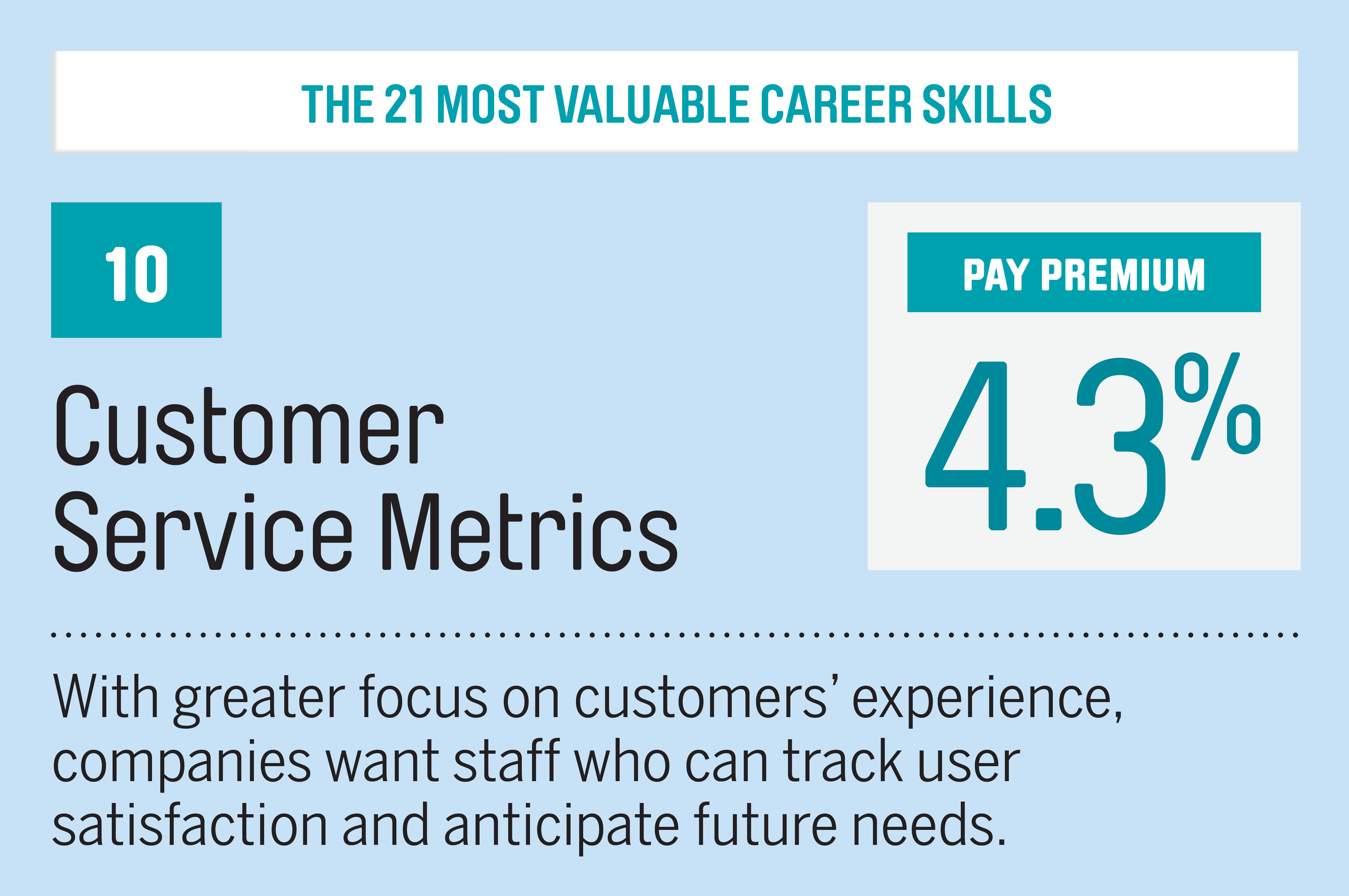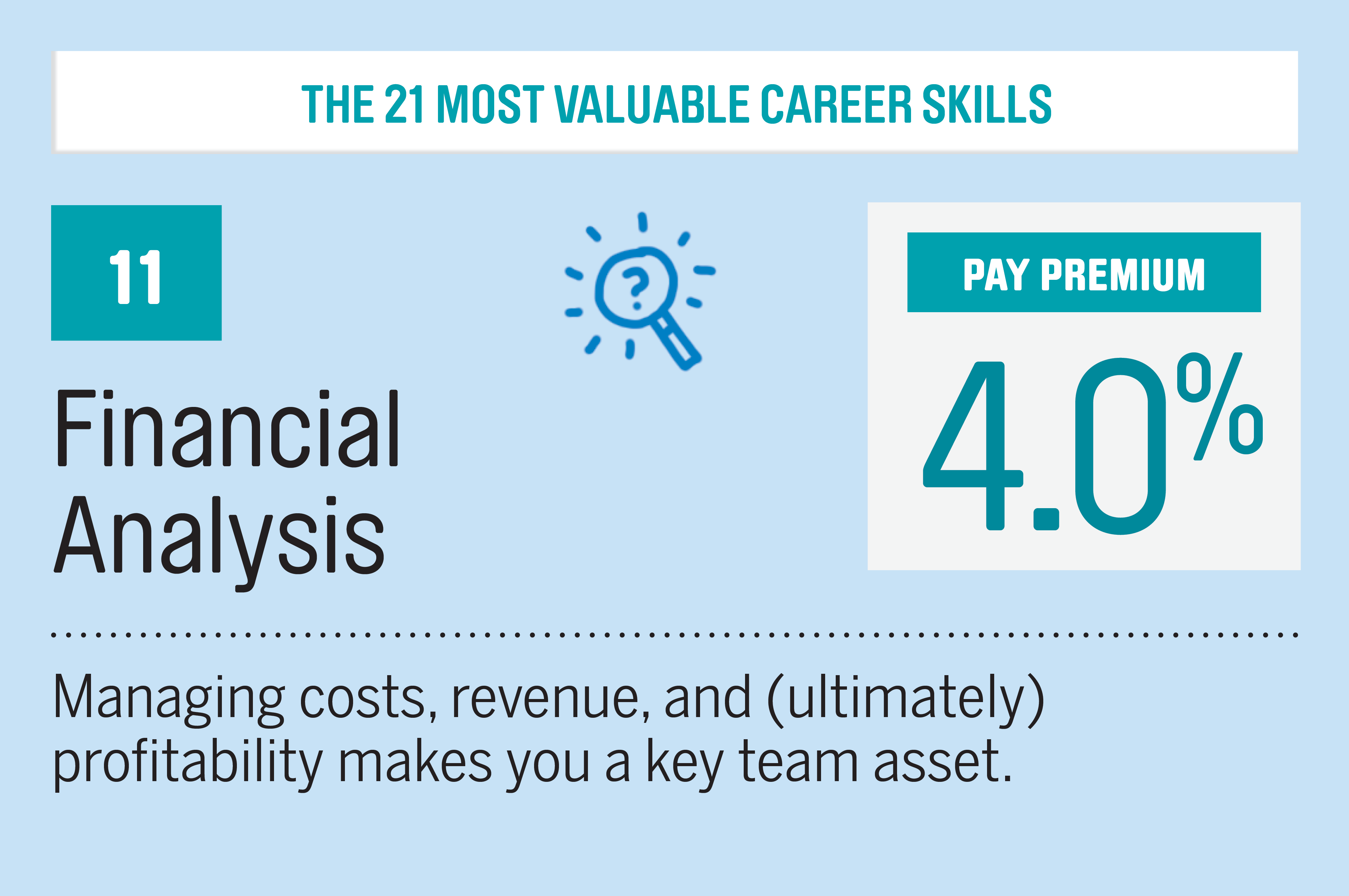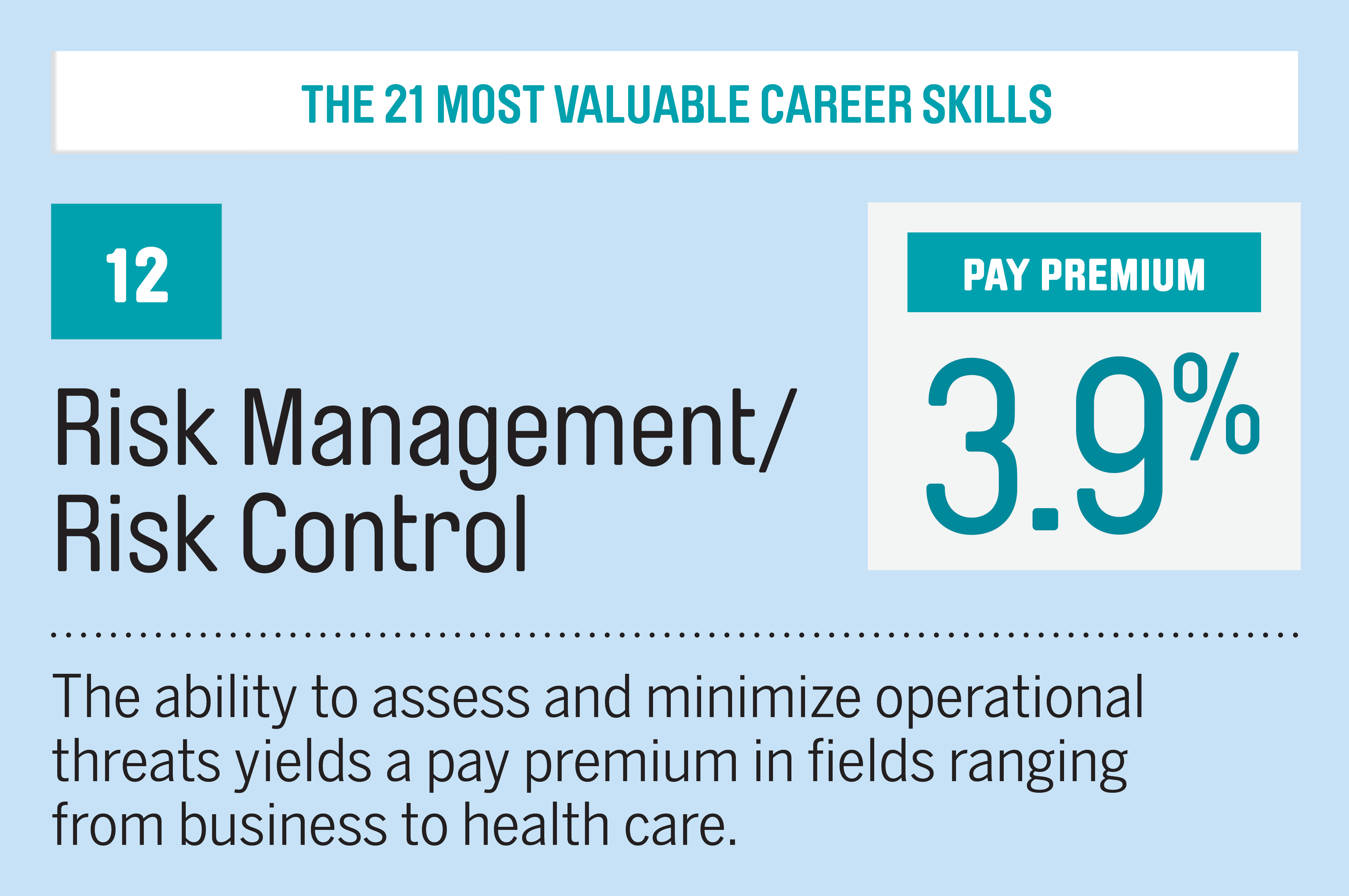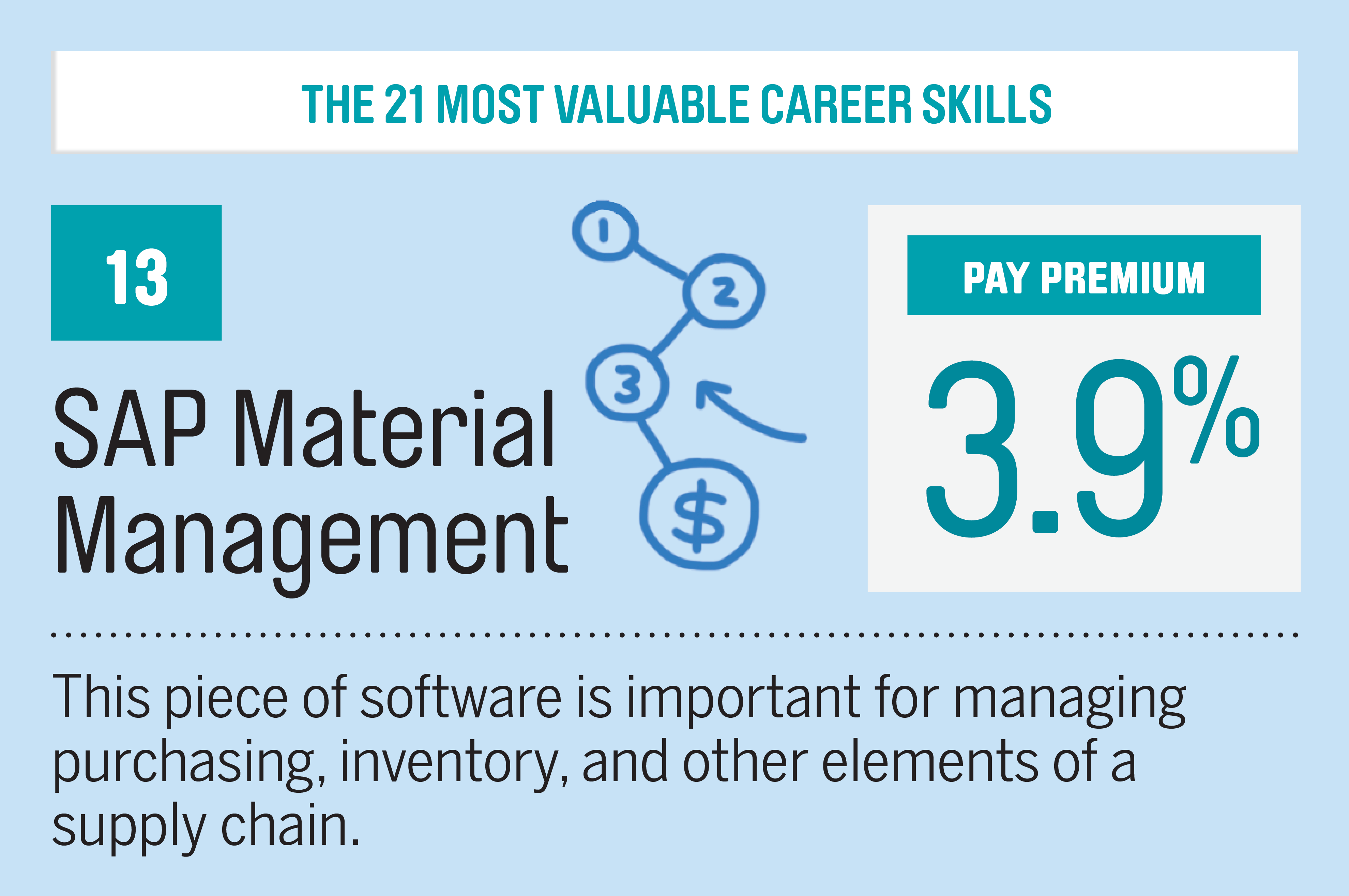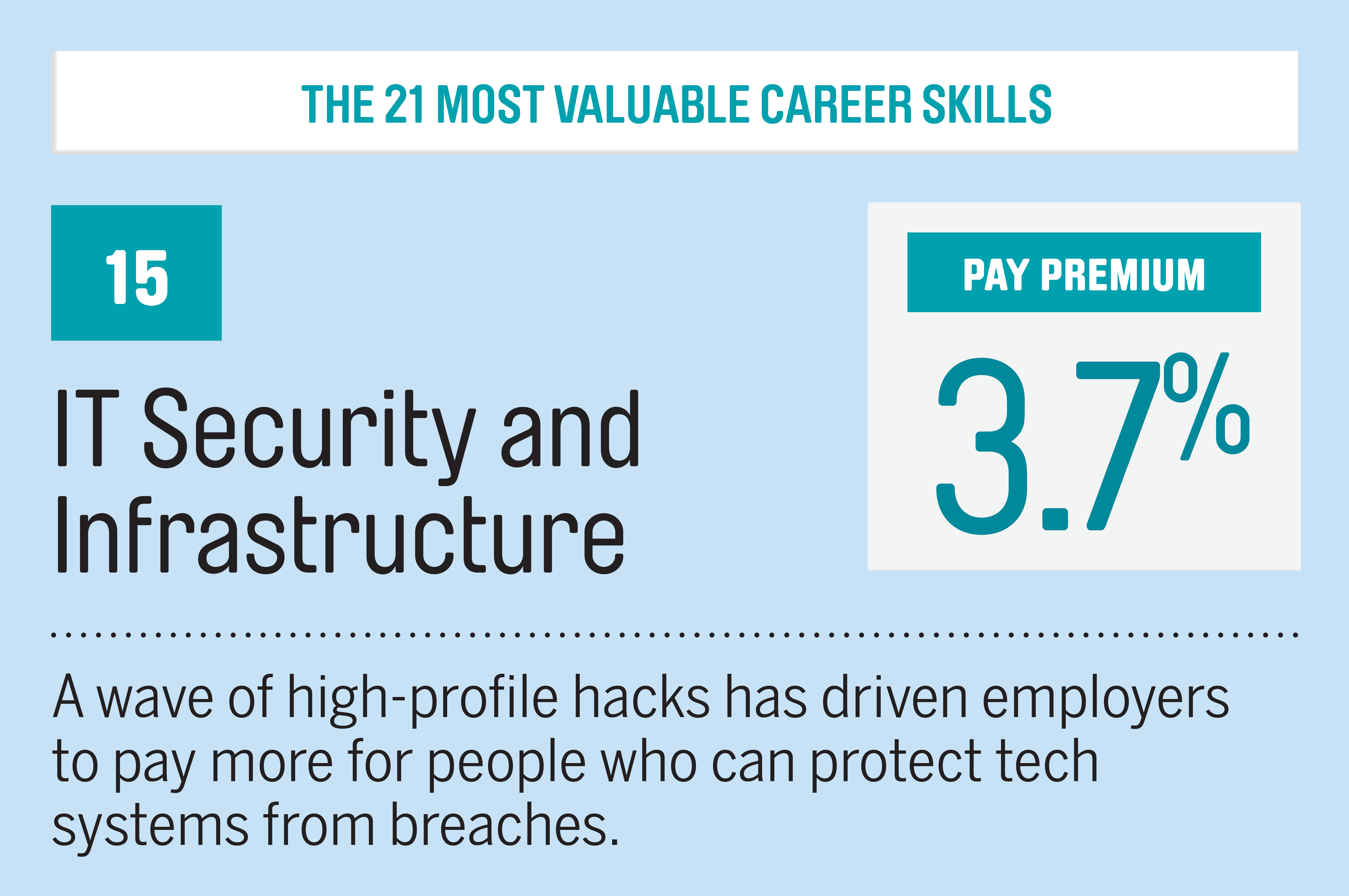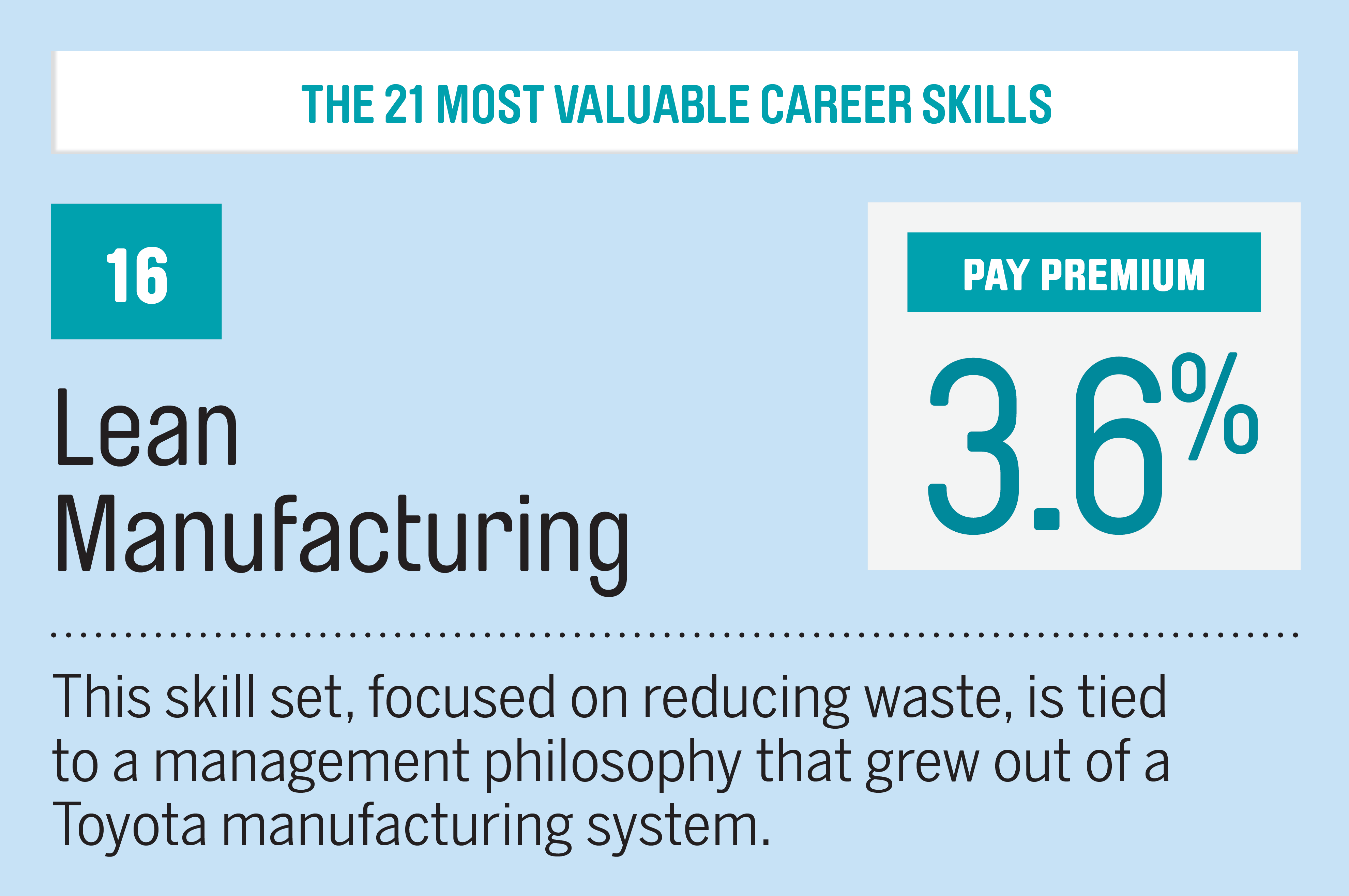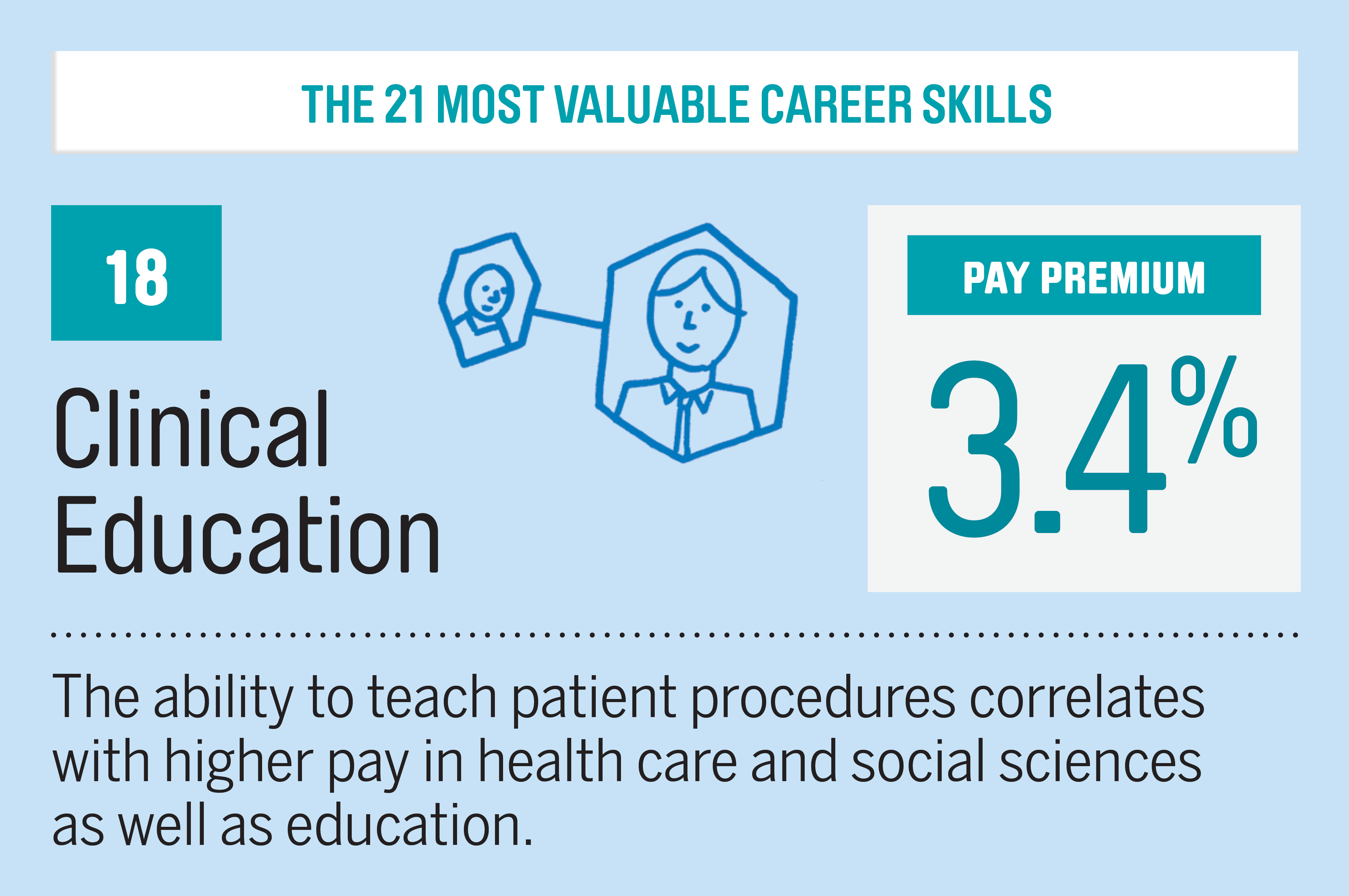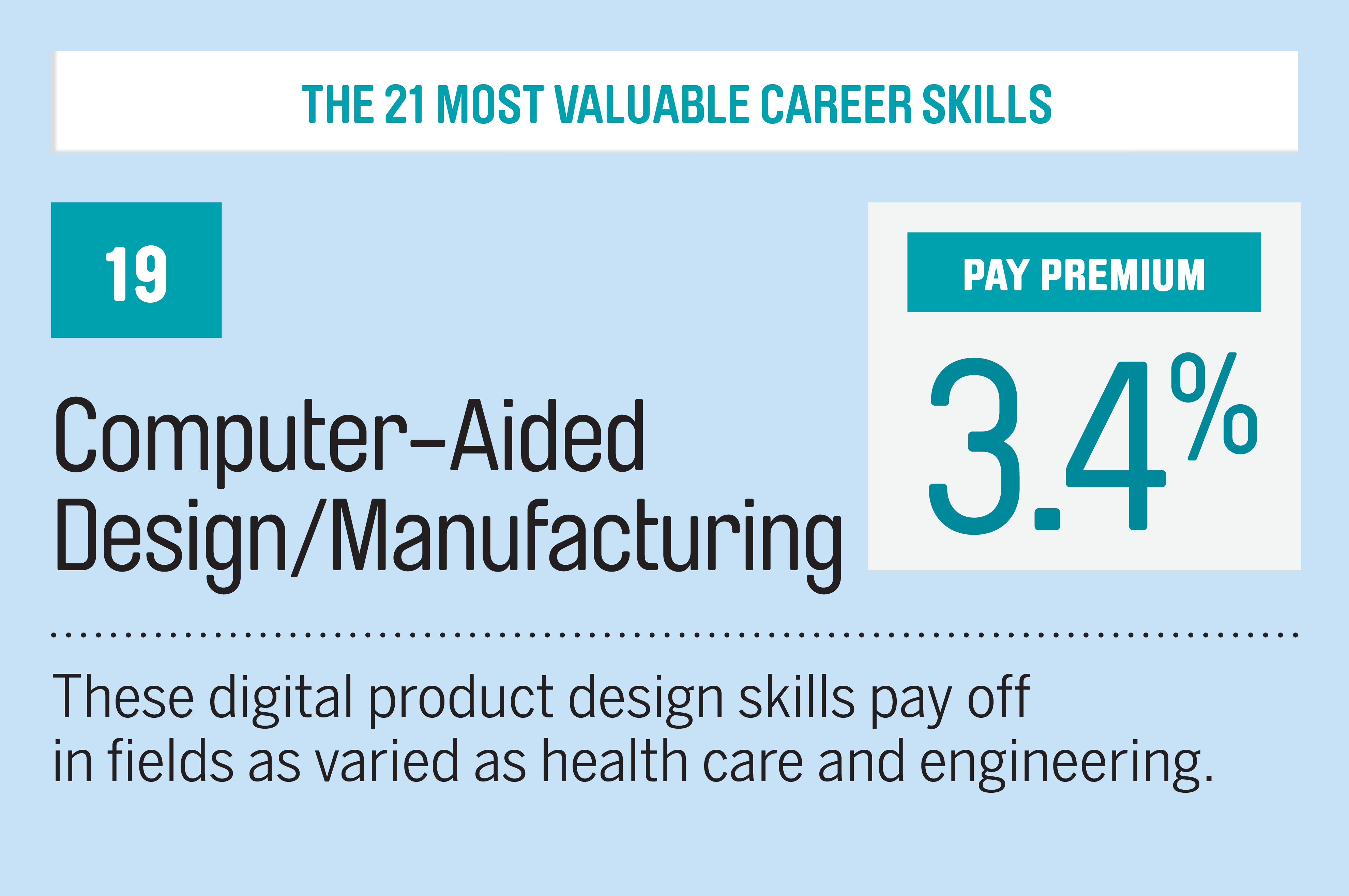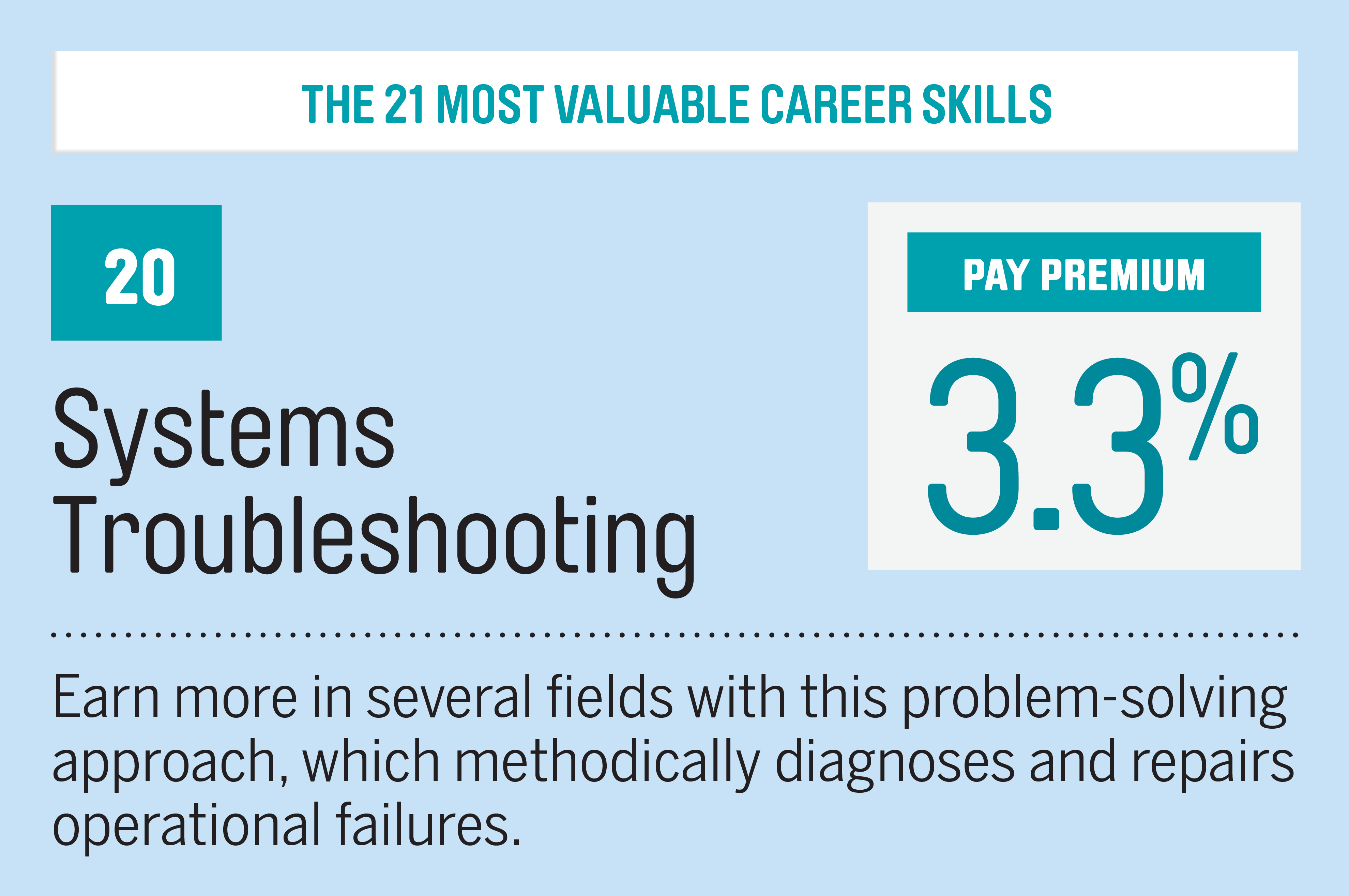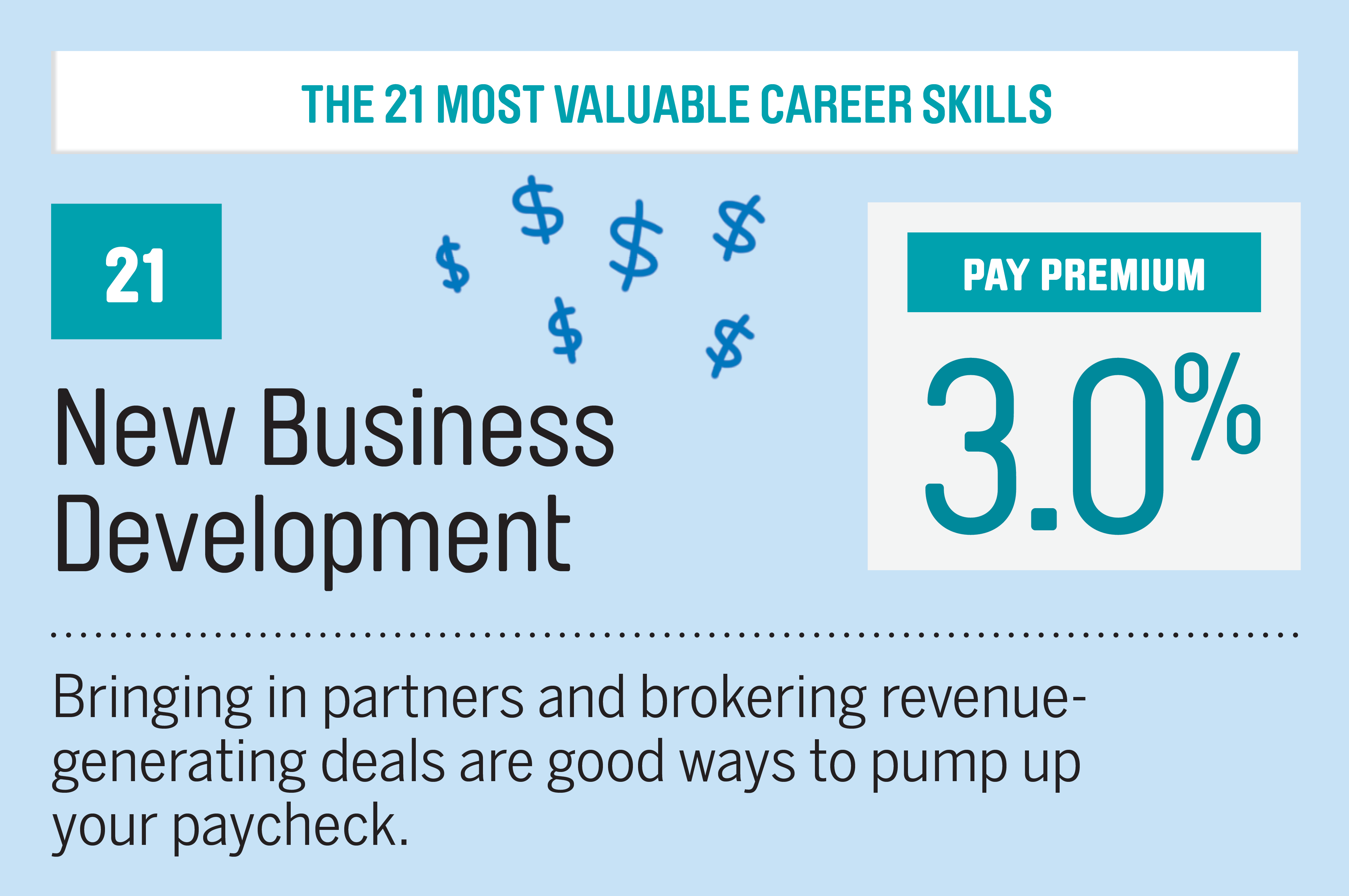The 9 Things Your Online Professional Profile Must Have

It’s not enough to have just a resume anymore; if you’re serious about your job search or your career, you need to have an online professional profile on a site like LinkedIn.
But you can’t just copy and paste your resume into the profile template and call it a day. Experts say the online format gives you opportunities to sell yourself an ordinary resume can’t provide—if you know how to use it.
Here are their recommendations.
Include a photo. “You get 21 times more views if you have a profile photo,” said Catherine Fisher, career expert at LinkedIn. Profiles with photos also get nine times more connections and a whopping 36 times as many messages, according to LinkedIn data. Although you want to look polished and responsible, you don’t need to have a professional headshot taken, Fisher said. It’s more important to have your photo up there.
Make the headline specific — but colloquial. If you want to be recruited for a specific job, then it may make sense put your title at the top of your profile. But keep it simple and ditch the jargon. “How would you introduce yourself if you were at a cocktail party?” Fisher said. Think of the headline as an opportunity to showcase your talents and highlight the skills you can bring to a prospective employer. So instead of "director of development," for example, you might try "experienced fundraising professional who helps major nonprofits raise more money."
Incorporate the right keywords. “Include and use relevant keywords that focus on who and what you are,” said James Craft, professor of business administration at the Katz Graduate School of Business at the University of Pittsburgh. Think of how job descriptions are phrased, Craft said. “In other words, if you have expertise in ‘brand development’ or ‘compensation and benefits,’ put them up front,” he said. Not only will they inform whoever’s reading your profile, but they’ll make it easier for people to find you using search functions. Include them throughout the profile, Craft advised, especially in the experiences section.
Don’t sell yourself short. “Summaries with at least 40 words increase a profile’s likelihood of being viewed,” said Amanda Helfand, senior associate director of Undergraduate Career Services at Bentley University. Under the Skills section of a LinkedIn profile, include at least five, Fisher said, although as many as 20 are fine.
Make your summary first-person. “I would suggest writing in the first person—using ‘I’ when talking about accomplishments—rather than simply saying that certain things were ‘accomplished’ or ‘achieved,’” Craft said. Action verbs make your profile a more engaging read, and using first person reinforces for the reader that you were responsible for the accomplishments.
Read next: 8 Reasons to Start a Job Search Even If You're Happily Employed
Let your personality come through. “People want to work with and hire people they like,” said Amanda Augustine, career advice expert at TopResume.com.” While the resume can be a cut-and-dried document, your online profiles can reveal more,” she said. Use this chance to convey a little more about your personality and what motivates you, she said. “In other words, why do you like what you do?”
Include multimedia examples of your work. “People love pictures because they’re interesting to look at, and people want to see more,” Fisher said. You can include photos, video clips, and links in both the Summary and Experience sections of a LinkedIn profile, and it’s a good idea to do both. Experts suggest thinking of your profile not just as an online resume but as a portfolio that highlights the scope of your career. If you moderated a panel at a conference, for instance, or received an industry award, including visual references will make it more compelling.
Get specific with your experience. While your career summary on a LinkedIn profile functions as a kind of highlight reel for your career, the next section is where you spell out more of the details. Fisher advised putting details about specific projects and accomplishments in the Experience section.
Here’s where to put those buzzwords. Your profile's section for skills and endorsements is where recruiters and hiring managers can drill down into the details of your expertise. Don’t neglect it, Augustine said. “You will rank higher in LinkedIn search results if you have a greater number of endorsements for the skill a recruiter is seeking,” she said. “Skills are particularly important to include because they are also buzzwords or keywords within your industry that will stand out to hiring managers.”
